To mark the expansion of the Advisory Board, Estelle Levin-Nally shares how she would like to shape the conference and the changes she’d like to see within the mining sector in the next 5-10 years
|
Estelle founded Levin Sources as a catalyst to deliver sustainability through better business and good governance in the mineral sector. Over the past decade, her social venture has been developing service propositions that solve complex problems and add value for communities, stakeholders, and shareholders around the world. Estelle has over 18 years of experience in supply chain due diligence, conflict-affected and high-risk areas, conservation, raw materials, and SME formalisation especially artisanal and small-scale mining. |
 |
It is a hugely important conference for concretising existing and forging new opportunities to drive sustainable change in African mining and investment, including in minerals governance. It convenes African and Mining leaders and with the right ‘song sheet’, magic can happen. It is my personal mission to help mining be part of solutions to global challenges, such as conflict, hunger, poverty, climate change, biodiversity loss, human rights abuses, gender inequities, etc. and Mining Indaba is a unique platform for advancing this mission.
I founded my social venture to work on frontier issues and have great visibility. I sit amongst diverse positions and interests, and with my helicopter view can horizon-scan to figure out what’s coming up next, which will be valuable to the conference. Besides, it allows me to engage with other influencers in this space, and so deepen my learning, test my own beliefs, and build relationships to help me achieve that mission. It is a great opportunity to keep sustainability and human rights on the agenda to help push the industry where it should be heading in terms of mining and minerals being a driver for positive change.
How would you like to help shape the Mining Indaba conference?
I would like to ensure that both traditional and emerging issues get the platform necessary to stimulate and support progress. From dealing with stranded assets and pricing mechanisms for rare earths to dealing with climate change and digitisation, we need to look at the old and new. For example, the pursuit of the social licence to operate has always been an issue but the terms that underpin its achievement are shifting from a narrow focus predominantly on economic parameters to being broader and more aligned with the United Nations 2030 Agenda for Sustainable Development and the United Nations Guiding Principles for Business and Human Rights.
Mining Indaba has already done a great job of making the ESG imperative a core feature of the conference; but how do we now move from words to action? I’d like to help showcase pioneering initiatives that take a more radical approach to mining to inspire participants to dare to do differently. It is going to take radical action to achieve the Paris Climate Goals or mitigate the 6th Great Extinction. How can the Mining Indaba give mining professionals greater courage to take radical action, the conviction to know they must, and the backing to do it efficaciously?
What are you most excited about being on the advisory board?
I am a very creative, communicative and curious person so having the opportunity to learn, shape conference content, and ensure underrepresented and pioneering voices have a space, excites me the most. I look forward to helping shape a conference with panels that are gender-balanced and feature the people affected by the issues discussed. It’s also exciting to learn a lot about what is going on in the sector including what other industry leaders believe is important.
What changes within the mining industry would you like to see within the next 5-10 years?
Firstly, I would like to see circularity and industrial ecology at the heart of all mining company decision-making and operational performance and to have government and investor incentives to stimulate this shift. The only way we are going to address the climate and water crises, planetary health prerogatives, and the 6th Great Extinction is to deal better with waste, tread more lightly on the planet, and operate with integrated rather than isolated mindsets.
Secondly, I want to encourage every mining company to make a commitment to net-zero carbon by 2030 and deliver it by 2035, operating individually and collectively through chambers and associations and supported by government policy and smart measures. Mining governments can articulate strategies to support national climate commitments, as well as minerals sector-specific strategies in host and marketing nations especially those producing and relying upon critical materials with technology.
There is also a need for mining leaders to develop new technologies and business models that are transferable from mining into other sectors, and vice versa. For example, Anglo American is doing amazing work on hydrogen and hydrogen transport and motion; it would be great for the hydrogen economy to become business as usual across the mining sector, but to also spill this over into other heavy and light industrial sectors.
Additionally, seeing social purpose elevated to be at the heart of miners’ corporate culture, i.e. a shift from shareholder to stakeholder capitalism as the underpinning ethos that drives corporate decision-making. The mining sector needs to be ready for this as stakeholder capitalism is where we’re heading. Miners should embrace this sooner, which can be difficult to do with traditional mining companies, but smaller miners that are continually developing are better positioned as they’re more agile. It’s going to take courage, confidence, and creativity, and from an opportunity led mindset from the point of view that greater resilience and value will ultimately come from benefitting stakeholders-at-large, not just shareholders.
Lastly, strong accountability frameworks incentivise these shifts in government and business, and require a focus on transparency, participation, and anti-corruption, with an important role for civil society, media, and the public at large.
What are the most critical changes that we must make to face the future effectively?
The above are all completely interrelated, it’s hard to pull them apart from each other. At the heart of it are the opportunity mindset and notion of social purpose to make a more inclusive mining community, helping us to face the future more effectively. This is about more than age, gender, indigeneity and so forth; it is also about multi-disciplinarity.
Plus, ensuring that the implications and possibilities of the 4th industrial revolution for mining and mining communities and environments are well understood and well-governed. There are human rights and biodiversity implications to digitisation, automation, artificial intelligence and the internet of things. Human rights, justice, and social purpose must be mainstreamed across sessions, even those that appear to be techno-centric and ‘dry’.
How can the new Mining Indaba Advisory Board support this?
We need more social scientists and systems thinkers in leadership positions to diversify the reliance upon accountants, economists, and engineers: less positivism and more post-structuralism. The Advisory Board can support these by ensuring multi-disciplinary ways of thinking and seeing are represented.
The best way is simply by starting the conversation with credible, provocative, and interesting speakers, for example, on stakeholder capitalism. Understanding why and how it applies to the sector and the reason for making the shift from shareholder to stakeholder capitalism can provoke a truly interesting dialogue between industry leaders. It will tell us about the direction of travel being driven by market and investor nations, like the EU.
What would be the next steps within the industry to ensure maximum compliance, and improve transparency?
The anti-corruption agenda offers a tremendous opportunity for improving compliance and transparency, as well as the social and economic outcomes of minerals systems, globally. Yet anti-corruption work in minerals seems to lack comprehensiveness or integration into existing national or sub-national frameworks oriented at achieving the United Nations Convention on Anti-Corruption (UNCAC). For example, many different types of corruption plague the artisanal and small-scale mining world, which involve and thus affect more people (>40m miners) than the large-scale sector. Yet the ASM sector is treated as marginal in the mining sector’s anti-corruption efforts, probably because the economic value is proportionately a lot smaller than in industrial mining. On the other hand, artisanal mining doesn’t get properly integrated into the more generic anti-corruption strategies of nations, probably because it is largely an informal sector (or due to political interests!). There are still vast gaps in coverage with the anti-corruption agenda, I would like to see the pursuit of the principles in UNCAC and a global review of corruption and anti-corruption in the artisanal and small-scale mining world.
In addition, is there anything else you would like to highlight to our Mining Indaba community?
Yes, forest-smart mining! Mining is already responsible for 7% of deforestation in tropical and subtropical regions, where the majority of new developments for mines are forecast to be. By becoming forest-smart, the industry can have a big role to play in mitigating climate change but also in fulfilling human rights and protecting ecosystem services and biodiversity. But miners cannot do this alone; forest-smart mining is a multi-stakeholder issue.
In 2019, the World Bank conceived Forest-Smart Mining as part of their Climate Smart Mining Initiative. Forest-Smart Mining is mining that acknowledges and understands the relationship between forests and other land uses such as socio-economic uses and ecosystem services, and actively seeks to reduce loss or damage to those uses, and in some cases, promote a net gain for them.
It is exciting that the World Bank is now funding Levin Sources, in partnership with Flora and Fauna International and the Alliance for Responsible Mining, to develop a ‘Bolt-on’ Standard and guidelines for Forest-Smart Mining in the artisanal and small-scale mining sector that can be adapted and adopted into existing responsible mining and sourcing initiatives, certification systems, and regulations and ultimately ground-truthed and piloted in diverse sites.
You can find out more about Levin Sources’ work on forest smart mining here.
For more information on the expansion of the 2022 Advisory Board and to see all members, please click here.

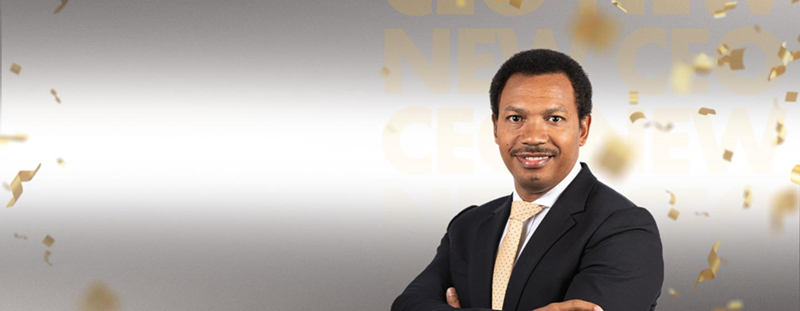
.jpg?ext=.jpg)










-Logo_CMYK_1.jpg?width=1000&height=500&ext=.jpg)


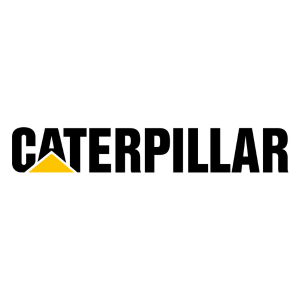



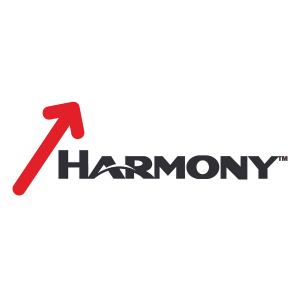






_1.png?ext=.png)
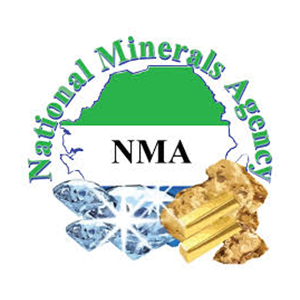












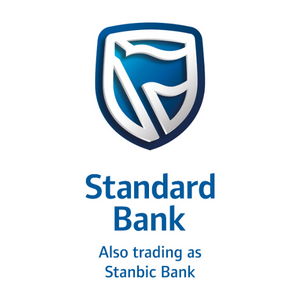




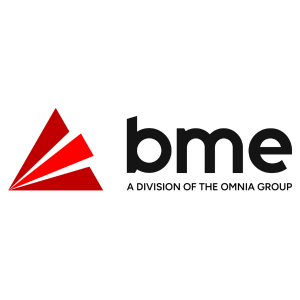









_mi25-weblogo.png?ext=.png)



